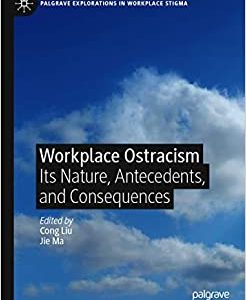Through consideration of the allocation and uses of capital and credit and the role of innovation in the Roman world, the individual essays comprising this volume go straight to the heart of the matter, exploring such questions as how capital in its various forms was generated, allocated, and employed in the Roman economy; whether the Romans had markets for capital goods and credit; and whether investment in capital led to innovation and productivity growth. Their authors consider multiple
aspects of capital use in agriculture, water management, trade, and urban production, and of credit provision, finance, and human capital, covering different periods of Roman history and ranging geographically across Italy and elsewhere in the Roman world. Utilizing many different types of written and
archaeological evidence, and employing a range of modern theoretical perspectives and methodologies, the contributors, an expert international team of historians and archaeologists, have produced the first book-length contribution to focus exclusively on (physical and financial) capital in the Roman world; a volume that is aimed not only at specialists in the field, but also at economic historians and archaeologists specializing in other periods and places.
-65%

Mining Data for Financial Applications: 4th ECML PKDD Workshop, MIDAS 2019, Würzburg, Germany, September 16, 2019, Revised Selected Papers (Lecture Notes in Artificial Intelligence Book 11985)
$34.19 Original price was: $34.19.$11.97Current price is: $11.97.

Cultural Resource Management: A Collaborative Primer for Archaeologists
$36.00 Original price was: $36.00.$12.60Current price is: $12.60.
Capital, Investment, and Innovation in the Roman World (Oxford Studies on the Roman Economy)
$129.99 Original price was: $129.99.$45.50Current price is: $45.50.
Please note this is an Ebook, not a Paperback Or Audio Book!
SKU:
978-0198841845
Category: Ebooks
Description
Investment in capital, both physical and financial, and innovation in its uses are often considered the linchpin of modern economic growth, while credit and credit markets now seem to determine the wealth – as well as the fate – of nations. Yet was it always thus? The Roman economy was large, complex, and sophisticated, but in terms of its structural properties did it look anything like the economies we know and are familiar with today?
Shipping & Delivery









